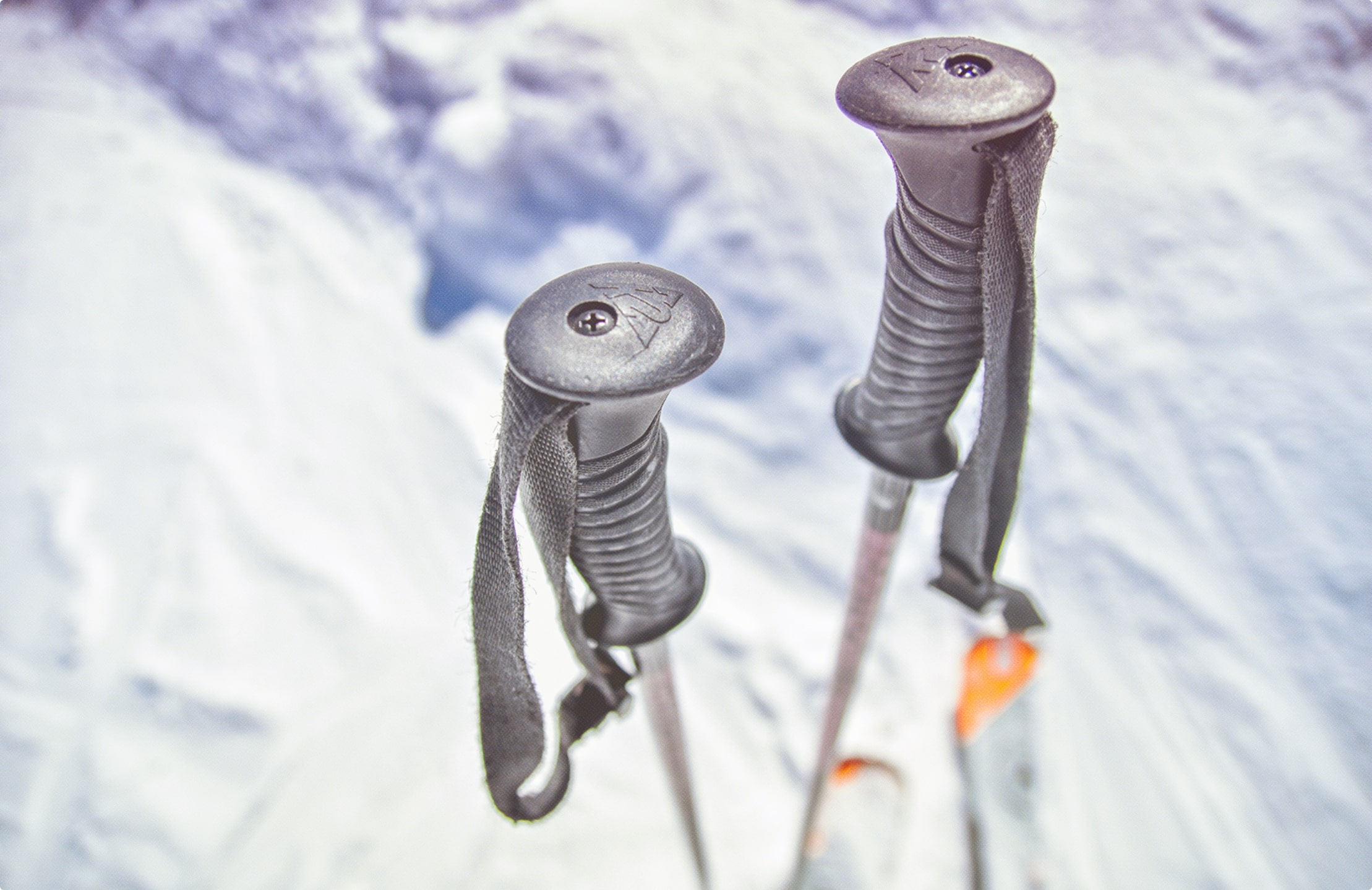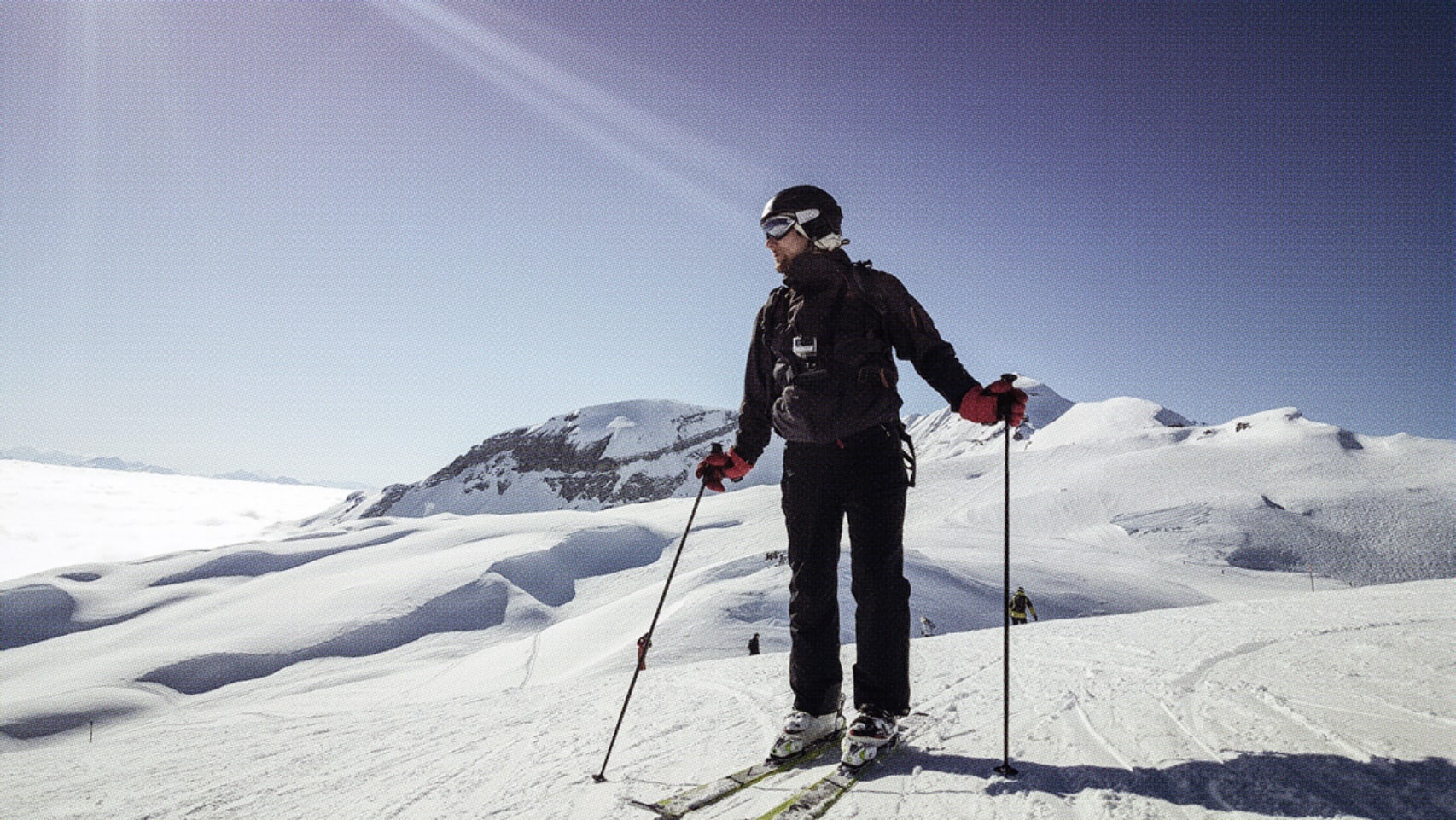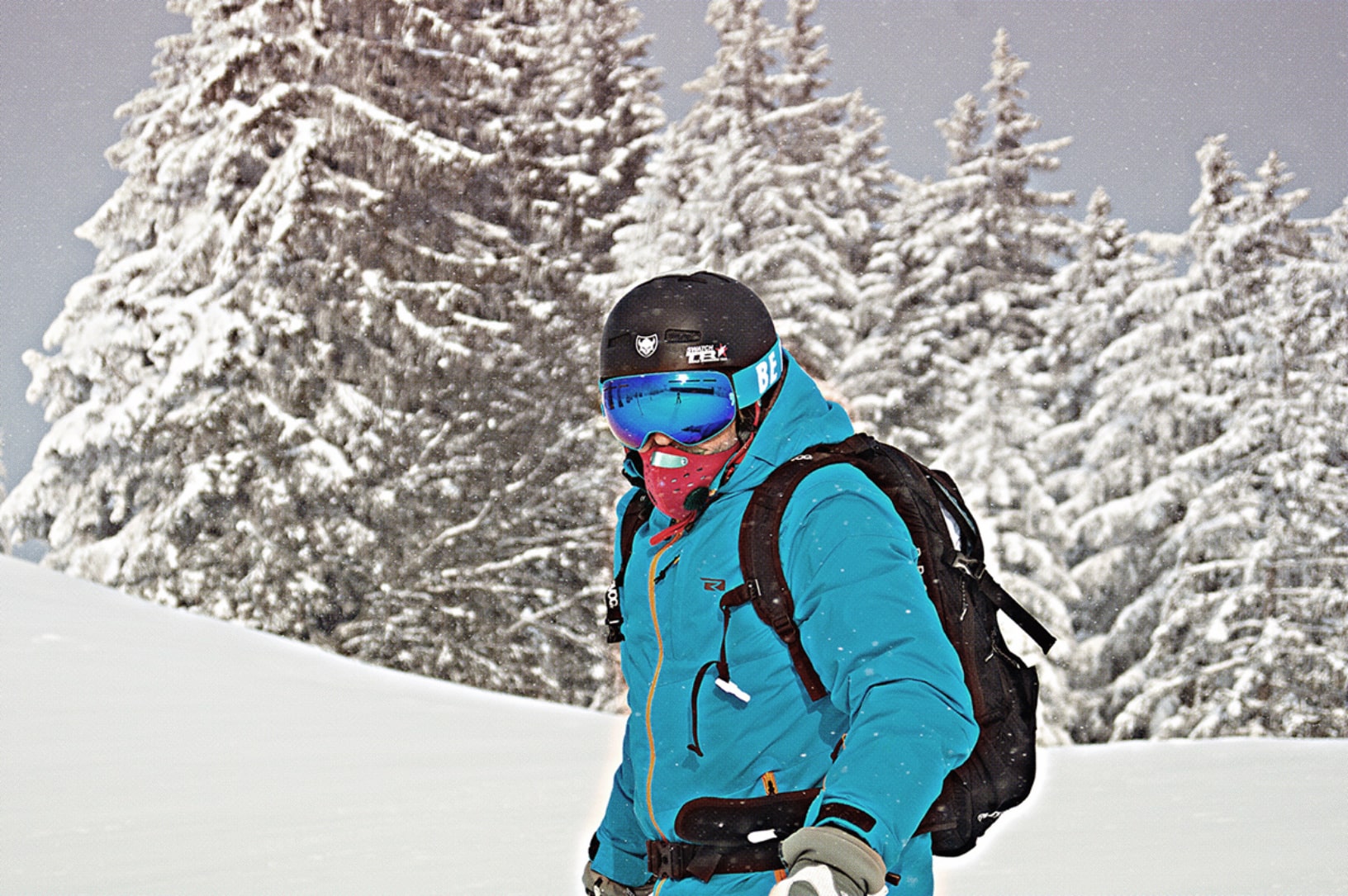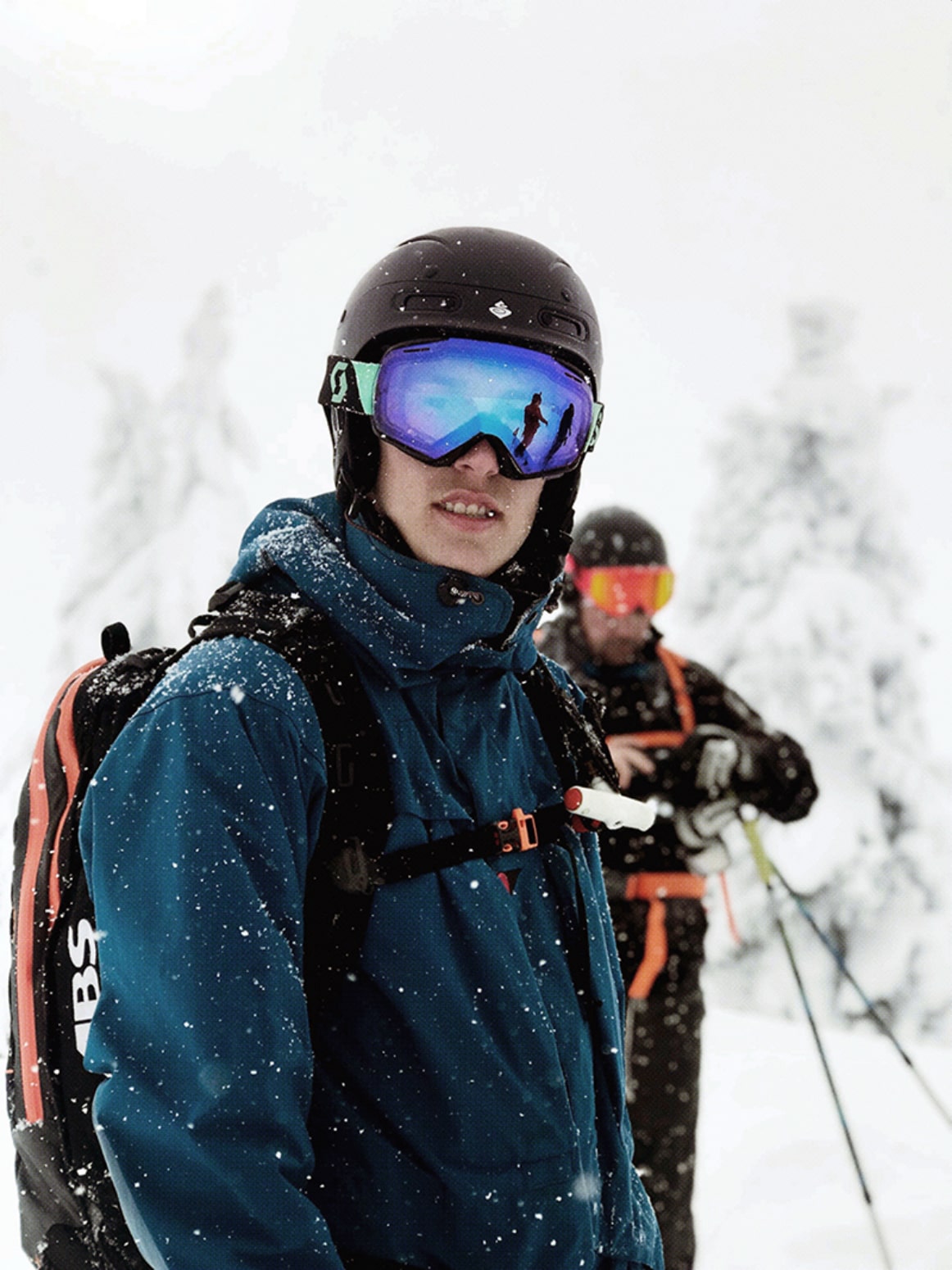Winter Sports
Equipment
Having the right kind of equipment will go a long way to protecting you if you are unfortunate enough to find yourself in an accident. Designed with the express intent of keeping you safe, safety gear is nothing short of a must for when you hit the slopes.

The Core Safety Equipment You Need For Winter Sports
There’s a series of different safety equipment which any skier or snowboarder should use. These range from items which are probably quite obvious, to those which might escape your mind.
Some of the more obvious items:
A Helmet
Ski or Snowboard Boots
Goggles
Poles (if skiing)
Waterproof Jacket
Snowboard
Skis
Some of the less obvious items:
Beanie Hat
Rucksack
Thermal Tops & Bottoms
Neck Warmer or Buffer
Thermal or Waterproof Socks
Transceiver, shovel and probe (for when you go off-piste)
While you might think this sounds like a lot of equipment to take with you every time you head to the slopes, it could make a massive difference. Be sure to try and keep as many of these items with you as possible.

How to choose the right ski helmet
Arguably the most important element of any ski trip is a helmet. Finding something to sit on your head doesn’t sound too complex, but it’s important to make sure it fits perfectly. Too tight and you’ll feel constricted. Too loose, and the helmet may not do the desired job.
When it comes to finding the right fit, there are number of steps you can take:
Measure your head.
The most time-consuming part of the process is also the first. Measuring your head probably isn’t something you’ve done before, but it isn’t too challenging. You’ll need to wrap a measuring tape one centimetre above your eye and ear line, then wrap it around your head.
Try a helmet on.
Once you have a size, try to find a helmet which matches up. It goes without saying, but be sure to try it on. If you immediately notice any issues with snug or looseness, you might want to re-measure.
Do the ‘shake test’.
A helmet might seem like a good fit when you’re sitting or standing in a stationary position. Remember, you will be experiencing very different conditions when hurtling down a mountainside. Do the ‘shake test’ by giving your head a slight wiggle. Use your hands if you need to. If the helmet is moving around too much, you’ll need to find another one.
Double check your fit.
It never hurts to check, check and check again. The last thing you’ll want is to discover you haven’t actually got a helmet which was as secure as you thought when you’re halfway through your run.
Always remember to have the fit checked by whoever’s working in the shop prior to purchasing or renting. If they notice anything wrong, they’ll point it out to you.


